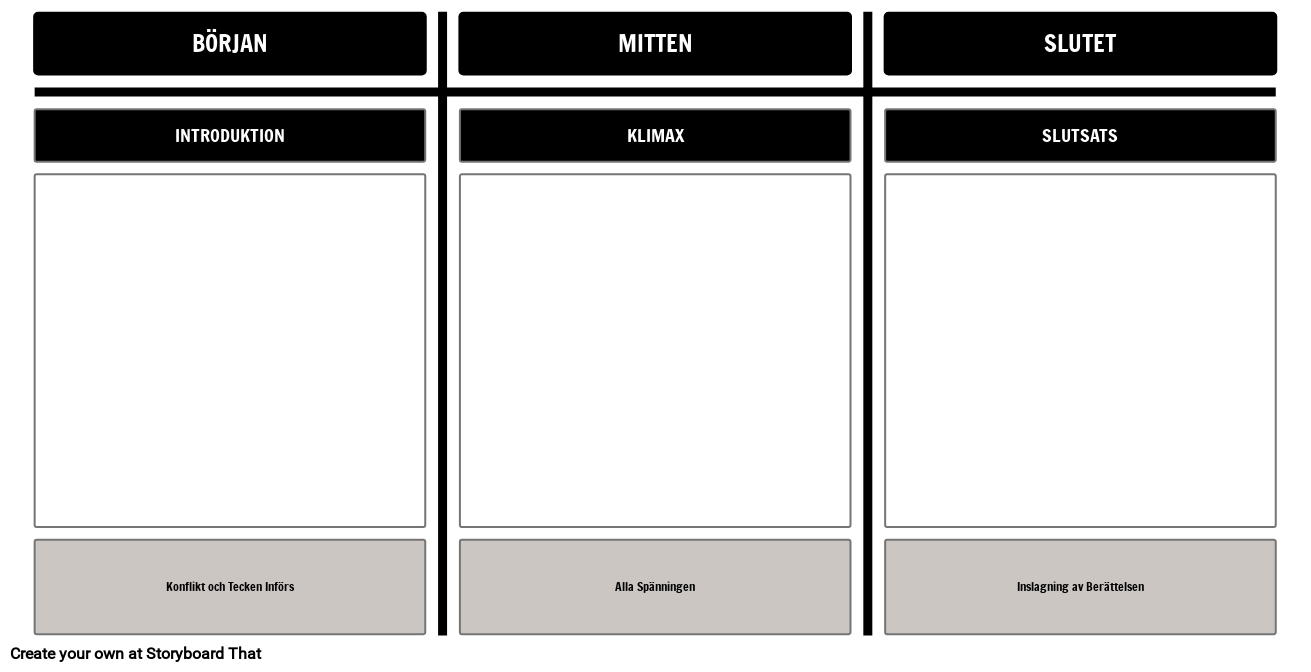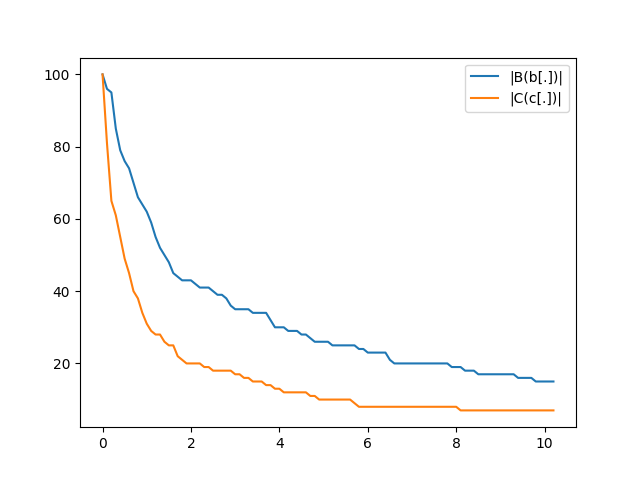
If you are currently wondering, 'WHAT IS A PLOT OF A STORY?' we've got the answer!
Last updated on June 28, 2019.
Plot as a literary term is defined as the structure of events that make up the movements of a story through time; characters and settings are organized in a logical pattern of cause-and-effect. A plot can be simple or complex in structure. A complex plot with many interrelated elements is sometimes called an imbroglio. Plot is also sometimes referred to as a storyline.
Microsoft Plots the End of Visual Basic (thurrott.com) 66 Posted by msmash on Friday March 13, 2020 @05:10PM from the end-of-an-era dept. Microsoft said this week that it will support Visual Basic on.NET 5.0 but will no longer add new features or evolve the language. This includes the hold on/hold off commands, docking and undocking plots, and the axes toolbar, all of which allow you to manipulate your plot's location. Finally, the video covers options for changing a plot's appearance. This includes adding titles, axes labels, and legends, and editing a plot's lines and markers in shape, style, and color. Microsoft plots the end of Visual Basic. Thread starter Inman; Start date Mar 14, 2020; Prev. 1; 2; First Prev 2 of 2 Go to page. RiboTec New Member.

1. Exposition/Introduction: In the exposition stage of the plot of a story, the setting and characters (especially the main character, known as the protagonist) are introduced, as well as the main problem, conflict or goal of the story.
2. Rising Action: The rising action stage involves an inciting incident. The inciting incident pushes the plot into motion, events begin to build, the protagonist takes action, and the storyline becomes more complex. During this phase, there is often a sense of tension.
3. Climax: The climax is the turning point in the plot of a story. It involves a 'climax' (hence the name) – the central struggle. The protagonist faces the main challenge which will eventually lead to the outcome or goal of the story. Typically, this is the most emotional part of the storyline and it often involves the most action.
Plots End Basics
4. Falling Action: During this stage, the action winds down, loose ends get tied up, events are resolved and we learn the results of the protagonists' actions.
5. Denoument/Conclusion: In the denoument stage, the goal is resolved and the conflict ends (could be positive, negative or neutral). This is the end of the story.
Microsoft Plots End Visual Basic

If you are currently wondering, 'WHAT IS A PLOT OF A STORY?' we've got the answer!
Last updated on June 28, 2019.
Plot as a literary term is defined as the structure of events that make up the movements of a story through time; characters and settings are organized in a logical pattern of cause-and-effect. A plot can be simple or complex in structure. A complex plot with many interrelated elements is sometimes called an imbroglio. Plot is also sometimes referred to as a storyline.
Microsoft Plots the End of Visual Basic (thurrott.com) 66 Posted by msmash on Friday March 13, 2020 @05:10PM from the end-of-an-era dept. Microsoft said this week that it will support Visual Basic on.NET 5.0 but will no longer add new features or evolve the language. This includes the hold on/hold off commands, docking and undocking plots, and the axes toolbar, all of which allow you to manipulate your plot's location. Finally, the video covers options for changing a plot's appearance. This includes adding titles, axes labels, and legends, and editing a plot's lines and markers in shape, style, and color. Microsoft plots the end of Visual Basic. Thread starter Inman; Start date Mar 14, 2020; Prev. 1; 2; First Prev 2 of 2 Go to page. RiboTec New Member.
Five essential elements of plot explained:1. Exposition/Introduction: In the exposition stage of the plot of a story, the setting and characters (especially the main character, known as the protagonist) are introduced, as well as the main problem, conflict or goal of the story.
2. Rising Action: The rising action stage involves an inciting incident. The inciting incident pushes the plot into motion, events begin to build, the protagonist takes action, and the storyline becomes more complex. During this phase, there is often a sense of tension.
3. Climax: The climax is the turning point in the plot of a story. It involves a 'climax' (hence the name) – the central struggle. The protagonist faces the main challenge which will eventually lead to the outcome or goal of the story. Typically, this is the most emotional part of the storyline and it often involves the most action.
Plots End Basics
4. Falling Action: During this stage, the action winds down, loose ends get tied up, events are resolved and we learn the results of the protagonists' actions.
5. Denoument/Conclusion: In the denoument stage, the goal is resolved and the conflict ends (could be positive, negative or neutral). This is the end of the story.
Microsoft Plots End Visual Basic
Without plot, there is no story.Plots End Visual Basic
In a story, something has to happen; otherwise, it's not a story. The plot of a story includes the events of the story and conveys the key themes, messages, and meaning of the narrative. It's what gives a story its energy and emotion. A good plot engages readers so they want to know what will happen next.
Plots End Basic
Did you like this article? Then you might also like '8 Essential Elements of a Story Explained' which covers Setting, Character, Story Plot, Conflict, Theme, Point-of-View, Tone, and Style. Or, check out this perfectly printable PDF of the 8 elements of a story. You might also like 10 Steps to an A+ Essay.
